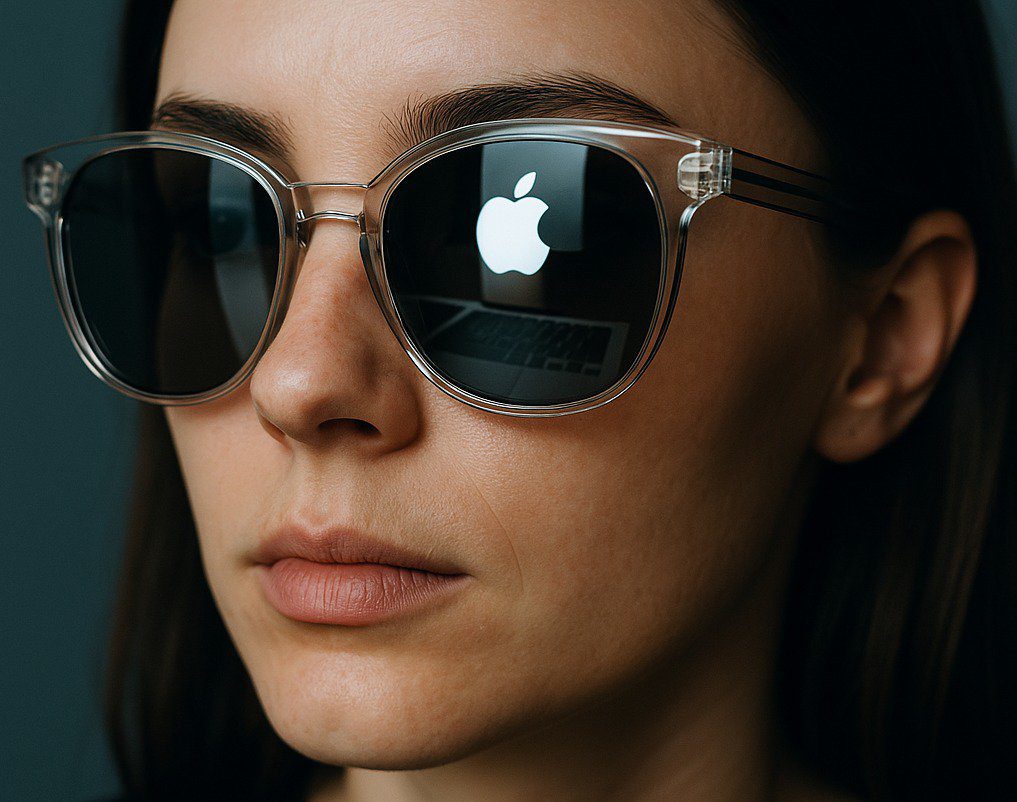When it comes to software development, we follow the Scrum methodology. Our small team assembles at the beginning of each sprint cycle to plan and distribute the work they’ll undertake during that cycle in accordance with the priorities of the client. Each day the team meets to communicate progress and plan the day’s tasks. The progress of the team is visualized on the task board.
At the end of each sprint we will demo the working increment of software, taking the opportunity to gather feedback and discuss upcoming priorities.
We involve our clients heavily in the process. We believe that developing in a silo doesn’t work. Therefore, we expect that the client will assign one person to act as Product Owner, who will be available for planning sessions, manage the priority of the items in the product backlog, answer questions and provide feedback.






